Are Solar Powered EV Chargers Worth It?
You’ve seen them within parking structures, in parking lots, and even in some of your local plazas. Electric vehicle chargers are more commonplace than ever before, with more business owners and property owners using them to provide an easy resource for EV drivers to charge their vehicles.
On a global scale, electric vehicles are taking over, with more and more people switching over to electric cars than ever before. Because of this, solar-powered EV chargers are sprouting up everywhere.
In this article, we’re going to be diving into Solar Powered EV Chargers and their benefits for commercial properties.
How Does A Solar EV Charger Work?
Before we get into certain specifics, we would like to break down how commercial Solar EV chargers work, and how they provide a dynamic energy system for EVs.
When photons (sunlight) hit solar panels, electrons are removed from their atoms. The conductors within these solar panels guide the electrons through a circuit, which then generates direct current (DC) energy.
With multiple panels holding multiple cells, they form a solar array which gives you a bulk amount of energy. The DC energy is then guided into your inverter unit, which then converts DC energy into usable alternating current (AC) energy.
When you have more panels, more photons can be absorbed, and more energy can be sent into a property, or in this case – an electric vehicle.
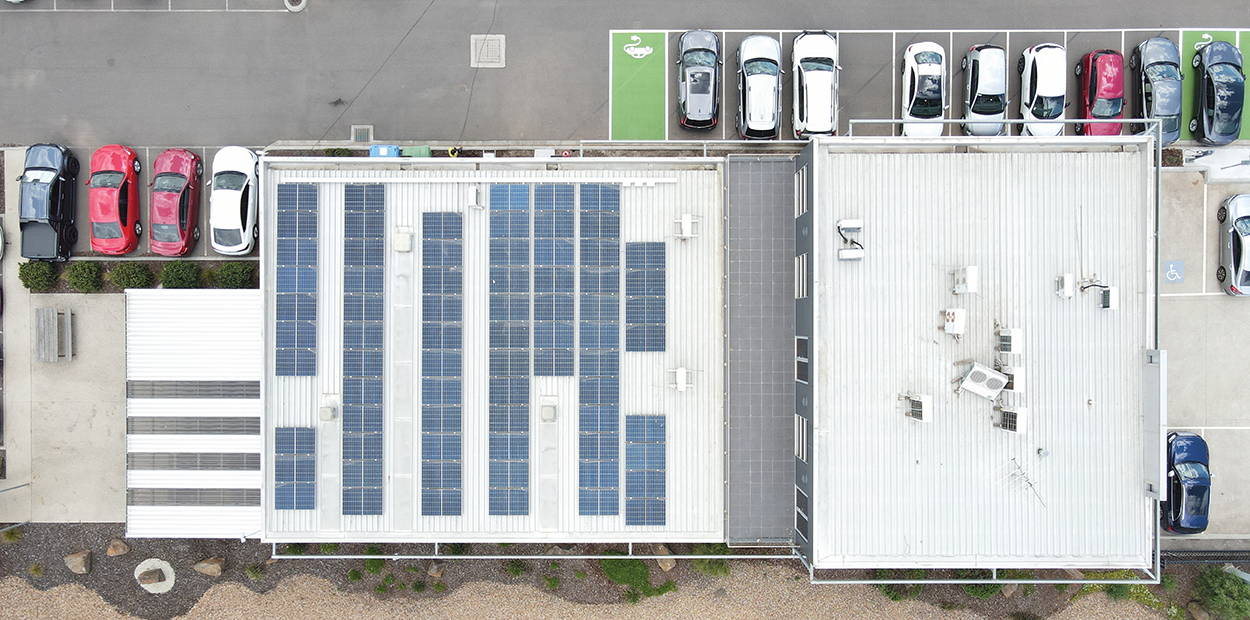
Commercial Solar EV Chargers
The same principles apply to commercial solar EV chargers. They take energy from the sunlight that is captured, whether it’s a stand-alone EV charger, or connected to a massive solar array that encompasses an entire parking lot.
The utilization of this energy allows for consumers/EV drivers to park at their favorite places while charging their car for free or for a small payment.
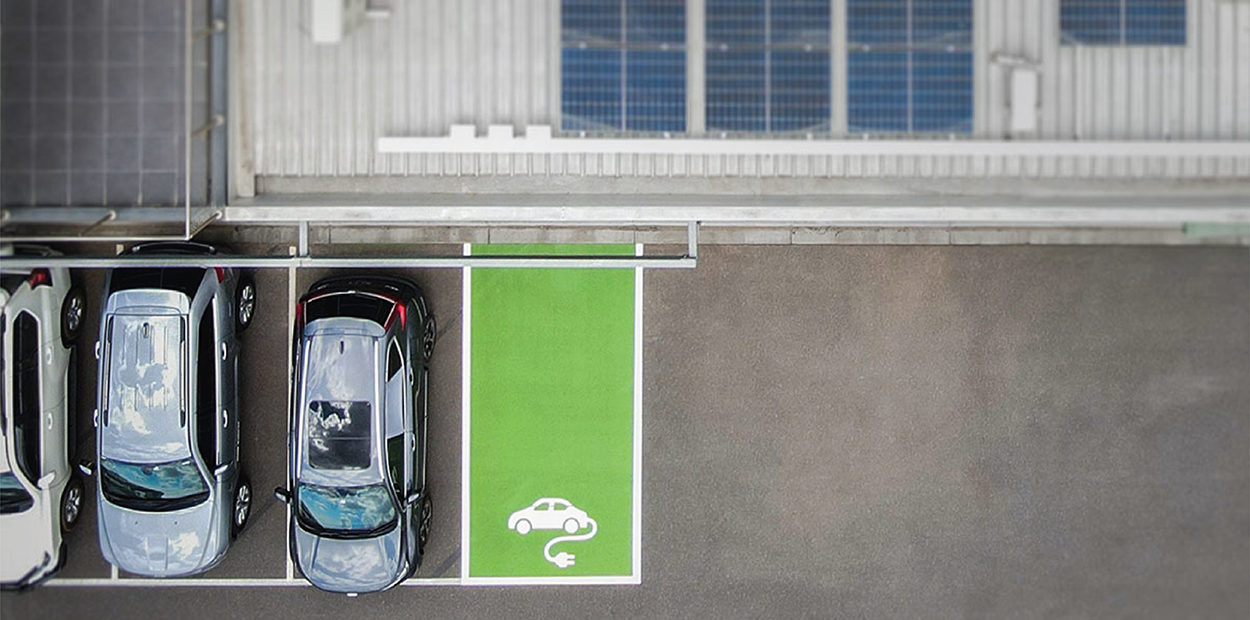
The Difference Between DC and AC Charging
Remember how we said earlier that solar inverters change DC energy to AC energy? Well – your EV actually takes in both types of energy, and here’s how.
You see, there are two types of direct chargers on your EV. Your onboard charger, which allows AC energy, and your battery – which can directly absorb DC energy.
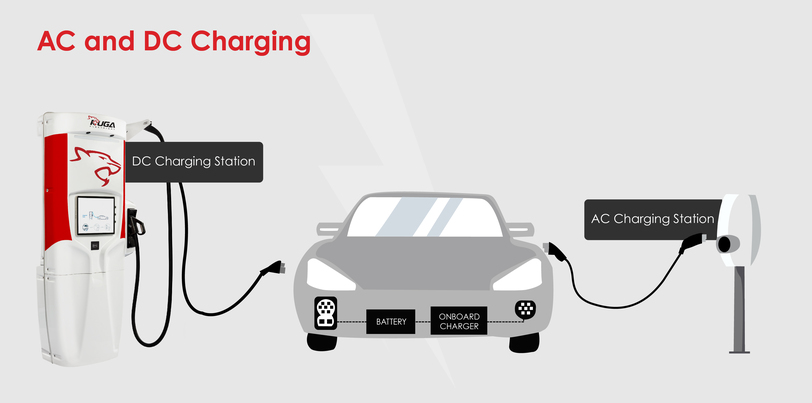
When you charge your vehicle with a regular onboard charger, you’re essentially sending a small drip of energy over long periods of time, like filling a bucket with drops of water. AC energy operates within a more stable charging curve, which means that it will gradually fill up your EV.
Generally, AC charging stations are found within parking structures, places where there isn’t direct contact with sunlight. The solar arrays are either on top of the structure or outside of it. That energy is then channelled within the parking structure’s AC charging stations, allowing EVs to charge up. Most of the time, they are free, which incentivizes the drivers of said EVs because they can park closer, and charge their vehicles at the same time.
DC Charging stations are commonly outside in parking lots, with direct contact with the sun. These DC charging stations charge EVs faster and will cost some money. This is because of how DC energy works and operates.
DC energy operates within a degrading charging curve, in which it will pump up a large amount of energy in the beginning, and then drop off near the end. Instead of a bucket getting only small drops of water, imagine filling up that bucket with a fully powered hose. You can fill up the water quickly in the beginning – but you will need to reduce water flow before the bucket overfills.
In short, a solar EV charger within a structure will give your electric vehicle AC power – where it can fill up slowly and steadily.
A solar EV charger out in the city, or within a business complex would actually guide the DC energy directly into your vehicle, without any change. That is why you can charge an EV directly from a DC charging station – and your EV would be finished charging within 30 to 60 minutes.
So now that we’ve covered EV chargers and the different types of them, we can be sure that you’re wondering about something else as well. Are solar-powered EV chargers worth it for your commercial property?
The short answer is yes. They are definitely worth it.
Commercial Solar Powered EV Charger installations
Location Momentum Foods, Melbourne
EV Charger 20kW
PV System Size 60kW
Total Solar production 1264.11MWh
KUGA has worked with Momentum foods since the owner Shimon decided to bite the bullet and try solar to gain control of some of his variable overheads. One year later, the saving were so significant that he asked for another solar installation which had the capacity to charge his tesla during the day. KUGA installed the 20kW tesla charger along with the system, allowing Shimon to avoid the crazy fuel and electricity prices forever!
Industry Partnerships



402-A.1 ICITE Bldg, Eastwood, 1110
4 Bridge Road, Keysborough, VIC 3173
6 Turbo Road, Kings Park, NSW 2148
31 Chetwynd St, Loganholme, QLD 4129
COMPANY

LOCATIONS

SERVICES

QUICK LINKS




Licence numbers:
VIC REC 27103
NSW REC 318148C
QLD REC 88831
TAS REC 784865990
ACT REC 20211556
Privacy policy | Copyright © Kuga Corp. 2024.
All rights reserved.



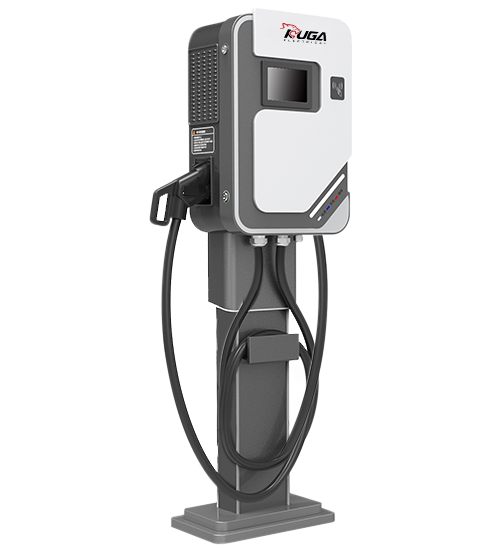




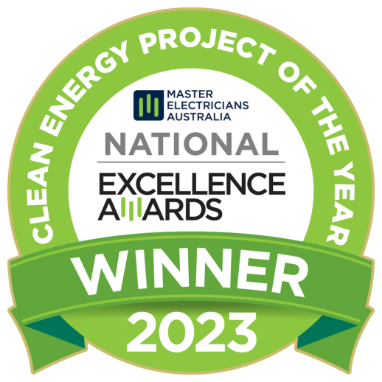


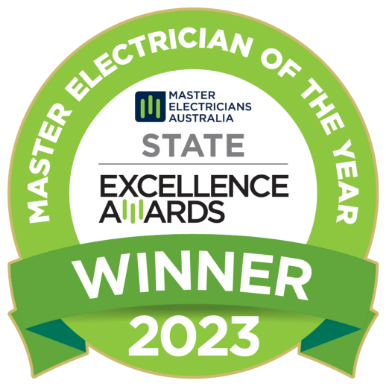
 Get Quote
Get Quote Call Now
Call Now